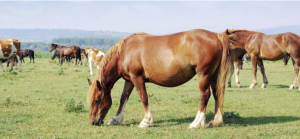 Omega-3 Fatty Acids Benefit Foaling Mares Before Rebreeding: When compared to cows, ewes, and sows, mares experience a short interval between birth and their next heat cycle. After foaling, the uterus undergoes involution. Involution is a process that reduces uterine size, repairs uterine tissues, and restores the uterine environment to a nonpregnant state. Supporting uterine involution is critical. The 11-month gestation of the mare often makes it difficult to maintain every-year foaling. Commercial breeders prefer every-year foaling. In a recent study, researchers set out to determine the effects of feeding docosahexaenoic acid (DHA), an omega-3 fatty acid, on uterine involution in the weeks after foaling.
Omega-3 Fatty Acids Benefit Foaling Mares Before Rebreeding: When compared to cows, ewes, and sows, mares experience a short interval between birth and their next heat cycle. After foaling, the uterus undergoes involution. Involution is a process that reduces uterine size, repairs uterine tissues, and restores the uterine environment to a nonpregnant state. Supporting uterine involution is critical. The 11-month gestation of the mare often makes it difficult to maintain every-year foaling. Commercial breeders prefer every-year foaling. In a recent study, researchers set out to determine the effects of feeding docosahexaenoic acid (DHA), an omega-3 fatty acid, on uterine involution in the weeks after foaling.
Visit Kissimmee Valley Feed for Omega-rich horse products.
The Study:
The study used eighteen pregnant mares. The mares were assigned to one of two groups, a treatment group in which a microalgae rich in DHA was fed daily at 0.6 g/kg body weight or a control group. The treatment was fed from 90 days prior to the expected foaling date until seven days after first postpartum ovulation. Otherwise, the mares were fed similarly to maintain moderate to moderately fleshy body condition, including access to Bermudagrass pasture and a commercial concentrate at a rate of 1 kg/day (2.2 lb/day) before foaling and 2 kg/day (4.4 lb/day) after foaling.
Research ascertained reproductive health parameters. For example, through rectal palpation and ultrasonographic examination, including uterine and endometrium diameters, intrauterine fluid, uterine tone, and uterine echogenicity. Echogenicity measures the ability of a tissue to reflect an ultrasound wave.
Mares fed the DHA-rich supplement had smaller uterine horn diameters after foaling compared to control mares. Interestingly, DHA-fed mares had greater uterine echogenicity scores. Low echogenicity is generally related to increased estradiol. Estradiol induces edema and estrus behavior, so researchers expected lower scores as mares readied for rebreeding.
No treatment effects were observed for the other parameters evaluated.
Researchers concluded that “supplementation with DHA during peripartum may benefit uterine involution process and odds of early conception.”
“This research adds to the emerging volume of work that indicates omega-3 fatty acids, particularly DHA, is a useful nutritional supplement for broodmares,” explained Catherine Whitehouse, M.S., a nutritionist with Kentucky Equine Research. Studies in other species show omega-3s have beneficial effects on reproduction. For example, by modifying prostaglandin synthesis and metabolism, and by regulating genes integral to uterine function.
“The source of omega-3 fatty acids is important. Choose a high-quality supplement that delivers DHA directly, such as marine-derived EO-3,” Whitehouse advised.
Article Source: Kentucky Equine Research





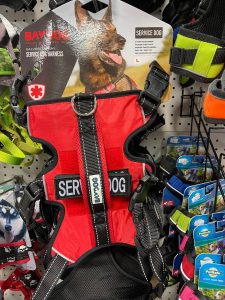 Store #2 now offers BAYDOG Service Dog Harnesses!
Store #2 now offers BAYDOG Service Dog Harnesses!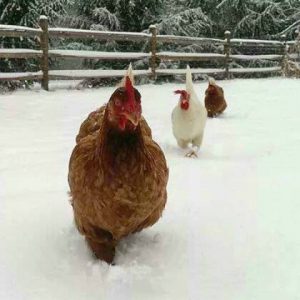 Raising chickens in winter can be a lot of fun. Some hens love wandering around the yard and their first snow sighting can be quite entertaining. A bird’s thick feathers are a natural protective coat. As a result, most breeds are well-equipped for winter.
Raising chickens in winter can be a lot of fun. Some hens love wandering around the yard and their first snow sighting can be quite entertaining. A bird’s thick feathers are a natural protective coat. As a result, most breeds are well-equipped for winter.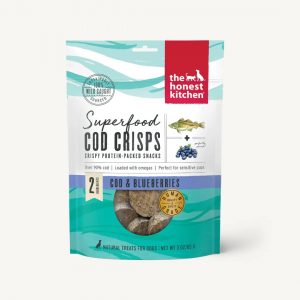 Head on over to
Head on over to 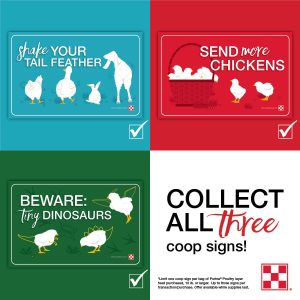 Flock-Tober 2021: Shop at Kissimmee Valley Feed’s Main Store during October and get a FREE limited-edition coop sign when you purchase a large bag of Purina Layer feed*! These signs are popular and we will run out!
Flock-Tober 2021: Shop at Kissimmee Valley Feed’s Main Store during October and get a FREE limited-edition coop sign when you purchase a large bag of Purina Layer feed*! These signs are popular and we will run out!